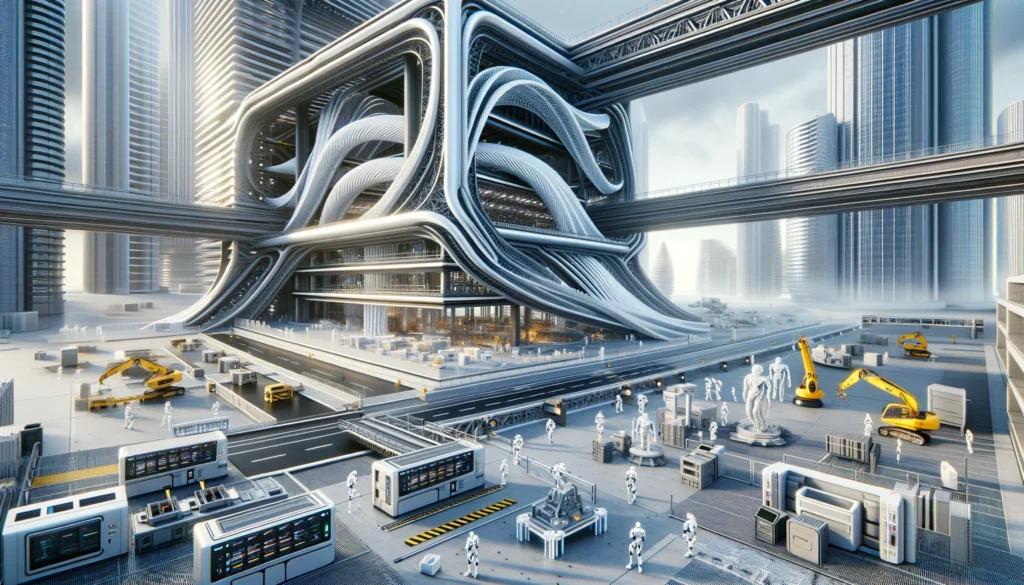Introduction to Civil Engineering
Civil engineering is one of the oldest engineering disciplines and it focuses on the infrastructure of the world that surrounds us. It involves the design, construction, and maintenance of physical and naturally built environments. This includes structures like bridges, roads, canals, dams, and buildings. Civil engineers play a crucial role in shaping our communities and improving our quality of life, ensuring that the infrastructure is safe, efficient, and sustainable.
Civil engineering is everywhere in our daily lives. It is applied in the planning and construction of urban and rural infrastructure:
- Transportation systems: Roads, bridges, tunnels, and railways that help in the smooth transportation of goods and people.
- Water systems: Dams, water supply networks, and sewage systems that manage our water resources effectively.
- Public buildings and landmarks: Schools, hospitals, and government buildings designed for public use and service.
- Environmental projects: Sustainable solutions like stormwater management systems and pollution control to protect the environment.

Interesting and Cool Information About Civil Engineering
- Historical Marvels: Civil engineering is behind many of the ancient world’s wonders, including the Pyramids of Giza and the Roman aqueducts.
- Modern Achievements: The tallest skyscraper, the longest bridge, and the deepest tunnel are all products of modern civil engineering.
- Technological Integration: Today’s civil engineers use sophisticated technologies like GPS and GIS for surveying land and drones for inspecting construction sites.
- Sustainability Focus: Modern civil engineering emphasizes sustainable practices, focusing on renewable materials and energy efficiency to minimize environmental impact.

The Future of Civil Engineering
The future of civil engineering is promising and filled with opportunities for innovation. Some emerging trends include:
-
- Smart Infrastructure: The integration of IoT devices in infrastructure to monitor conditions and performance in real-time.
- Green Buildings: Designing buildings using green technologies to reduce carbon footprints and increase energy efficiency.
- Automated Construction: Using robots and automated machinery to improve the safety and speed of construction projects.

Conclusion
Civil engineering is a pivotal field that combines creativity with practical solutions to help build and maintain the very skeleton of human civilization. It’s a discipline that not only shapes the world but also preserves it for future generations.

Civil engineering is more than just construction; it’s about improving lives, embracing new technologies, and solving complex problems. It’s an exciting field that is always on the cusp of innovation, making it a fantastic career choice for those looking to make a tangible difference in the world.


